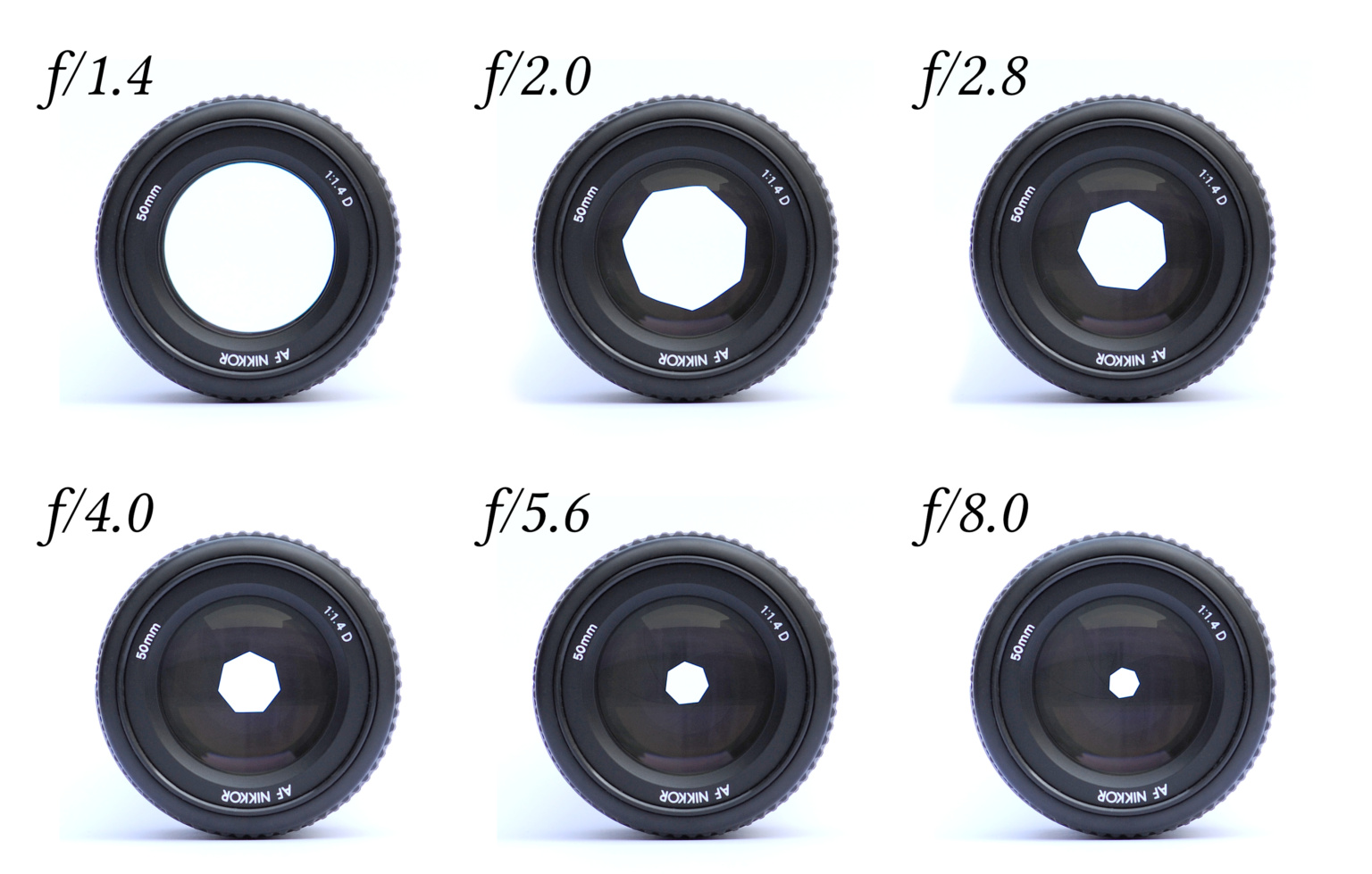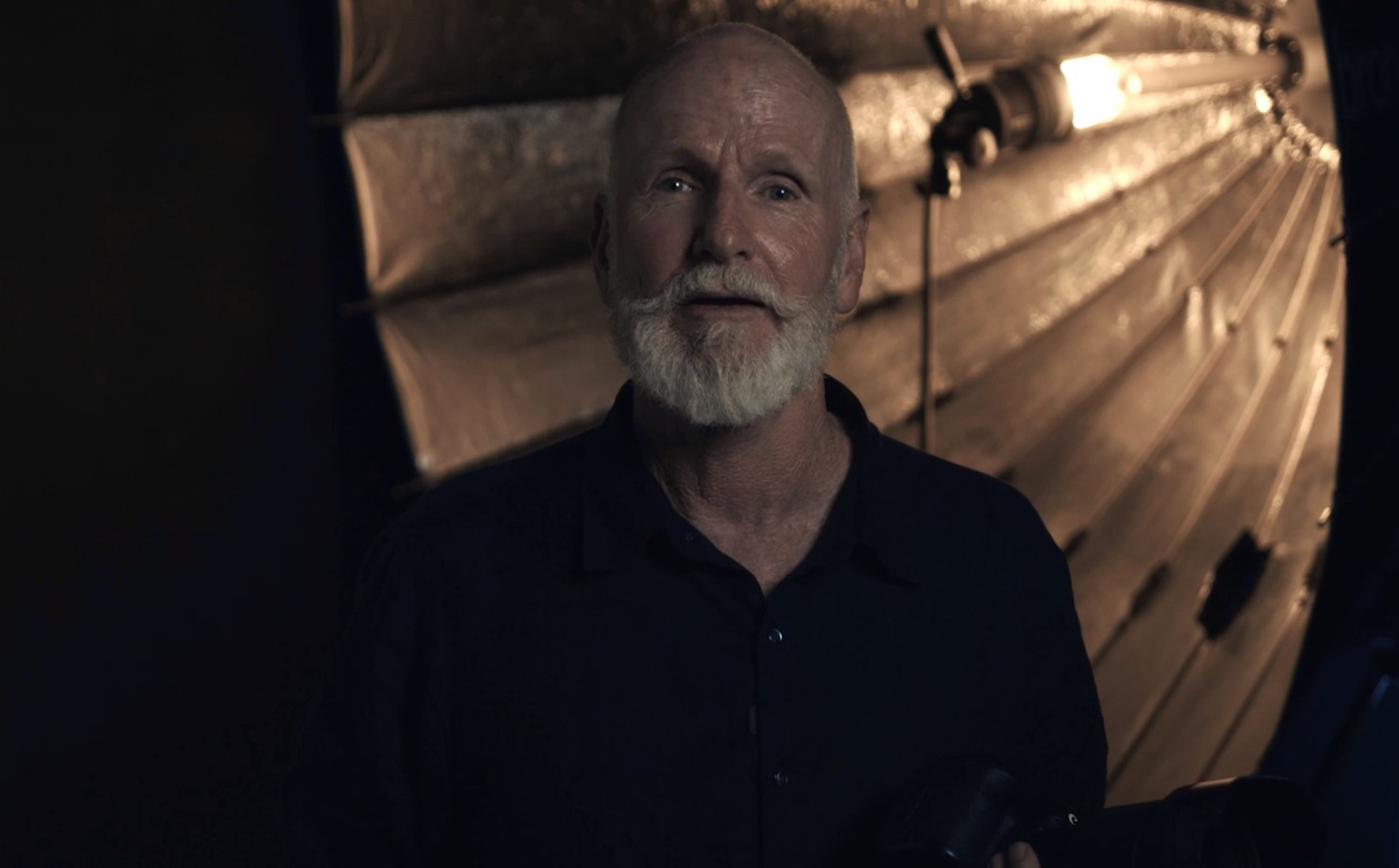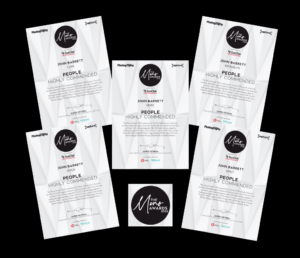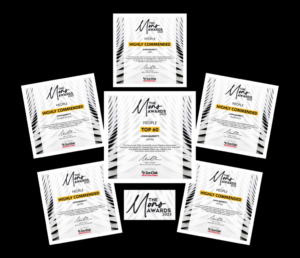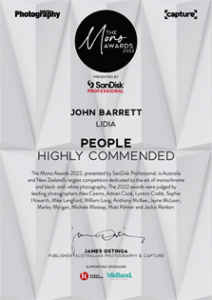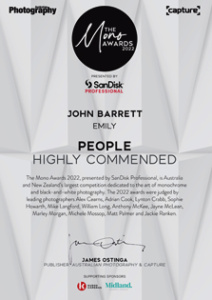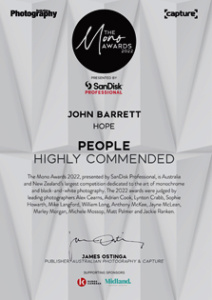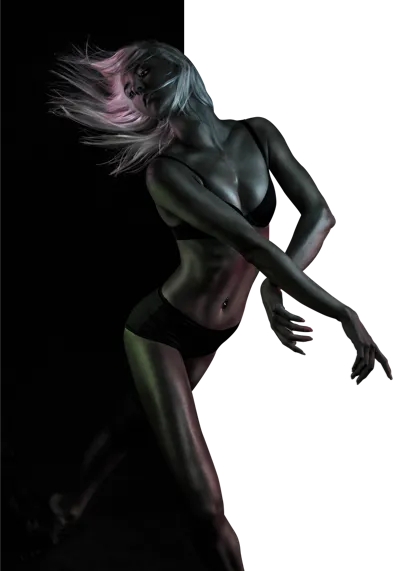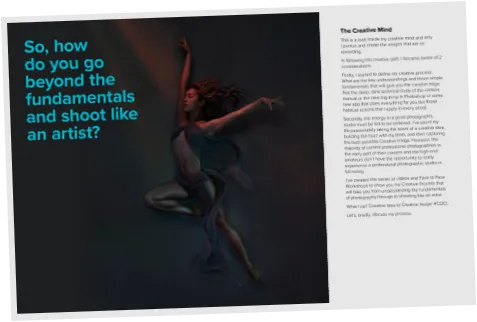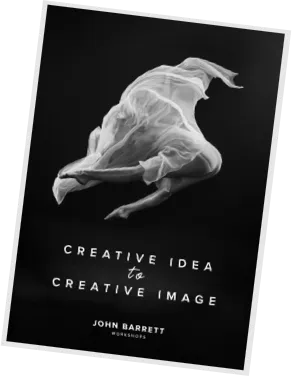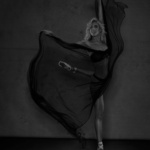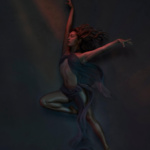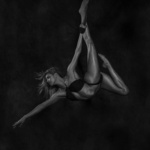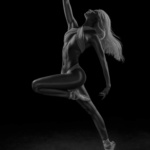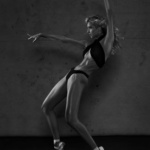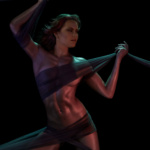KoeppiK, CC BY-SA 4.0, via Wikimedia Commons
Aperture is a vital aspect of photography that holds the key to transforming creative ideas into visually captivating images. Combining the perfect balance of imagination and fundamentals, aperture mastery is essential for any aspiring photographer looking to achieve stunning depth of field and exposure in their shots.
This blog sheds light on the key aspects of aperture, guiding you to harness its potential and refine your artistic vision. Learn how to skillfully control this crucial camera setting to create photographs that stand out, and explore the power of aperture in shaping the visual narrative of your images.
By delving into the intricacies of aperture and understanding its impact on your photography, you’ll be well on your way to elevating your skills and unlocking the true potential of your camera. Embrace the journey towards aperture mastery and witness the transformation in your photographs as you capture the world through a new lens.
Elevate your photography today with one of JB’s photography courses. He also provides in-person photography courses on the Gold Coast, as well as 1-on-1 mentoring. Find out even more about aperture through JB’s Camera Lens Workshop.
What is aperture in photography?
Aperture essentially refers to how “open” a camera’s lens is, and therefore how much light it lets through. It is a fundamental aspect of photography and refers to the adjustable opening in a camera lens known as a diaphragm. This is the opening through which light enters and reaches the camera sensor. The word aperture comes from the Latin word ‘aperire’ meaning ‘to open’. It plays a crucial role in determining the exposure and depth of field in an image. The “amount” of aperture is defined in f-stops.
What is f-stop?
F-stop, also known as the f-number or f-ratio, is a measurement of the opening size in a camera lens. It represents the ratio of the lens’s focal length to the diameter of the aperture. F-stop is expressed as a fraction (focal length/diameter of lens opening). It is written with an “f” followed by a slash and a number, such as f/2, f/4, f/8, and so on. Most cameras have a minimum of f/2.8, however, some go down to f/1.4. The lowest ever f stop was f/0.7, in the Carl Zeiss Planar 50mm f/0.7 lens, which was used by NASA to photograph the dark side of the moon (a few were also sold to director Stanley Kubrick, which he used to film candle-lit scenes in the film Barry Lyndon).
F-stop values are important because they indicate the amount of light the lens allows to pass through to the camera sensor. A lower f-stop value (e.g., f/2.8) signifies a larger aperture, letting in more light, while a higher f-stop value (e.g., f/16) corresponds to a smaller aperture, allowing less light to enter.
F-stops are typically represented on a standard scale, which approximately doubles or halves the amount of light entering the camera with each increment or decrement:
f/2.8, f/4, f/5.6, f/8, f/11, f/16, f/22, etc.

Does aperture affect exposure?
Yes, aperture affects exposure in photography. Exposure refers to the amount of light that reaches the camera sensor, which influences the brightness or darkness of an image. Aperture, being the adjustable opening in the camera lens, plays a significant role in determining exposure by controlling the amount of light that passes through the lens.
A larger aperture (lower f-stop number) allows more light to enter the camera, which results in a brighter image, while a smaller aperture (higher f-stop number) lets in less light, producing a darker image. When adjusting aperture settings, it is essential to keep in mind that changing the aperture size will impact the exposure of your photograph.
To maintain a balanced exposure while adjusting aperture, you may need to compensate by altering other exposure settings, such as shutter speed or ISO. For example, if you choose a smaller aperture to achieve a greater depth of field, you might need to use a slower shutter speed or a higher ISO to ensure your image is properly exposed. Conversely, when using a larger aperture for a shallow depth of field, you might need a faster shutter speed or a lower ISO to prevent overexposure.
Understanding the relationship between aperture and exposure is crucial for photographers, as it enables them to make informed decisions about camera settings to achieve the desired visual effects and properly exposed images.
Does aperture affect depth of field?
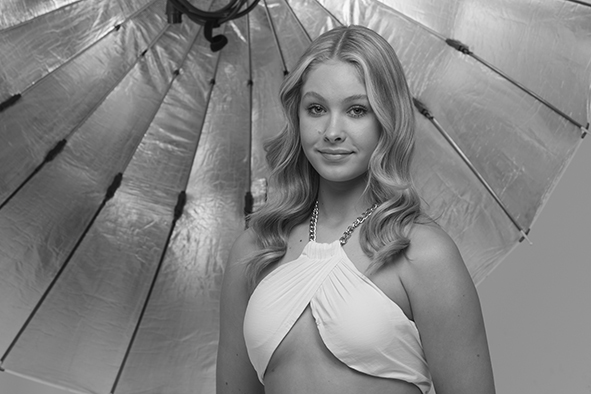
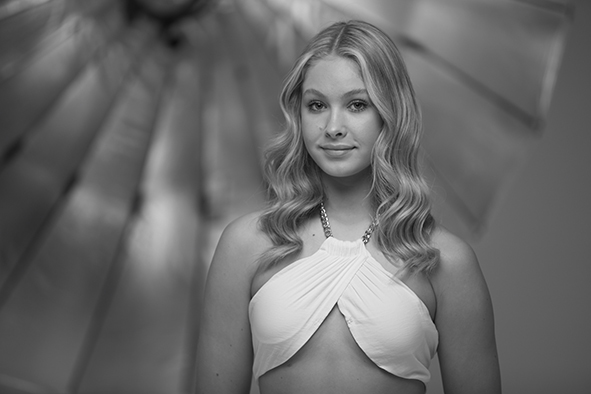
In addition to affecting exposure, aperture also influences the depth of field in an image. More aperture (lower f number) results in a shallower depth of field, isolating the subject and blurring the background, while less aperture (higher f number) creates a deeper depth of field, keeping more of the scene in focus. Understanding and adjusting aperture is crucial for photographers to achieve the desired exposure and depth of field in their images.
How to choose the right aperture for every scenario
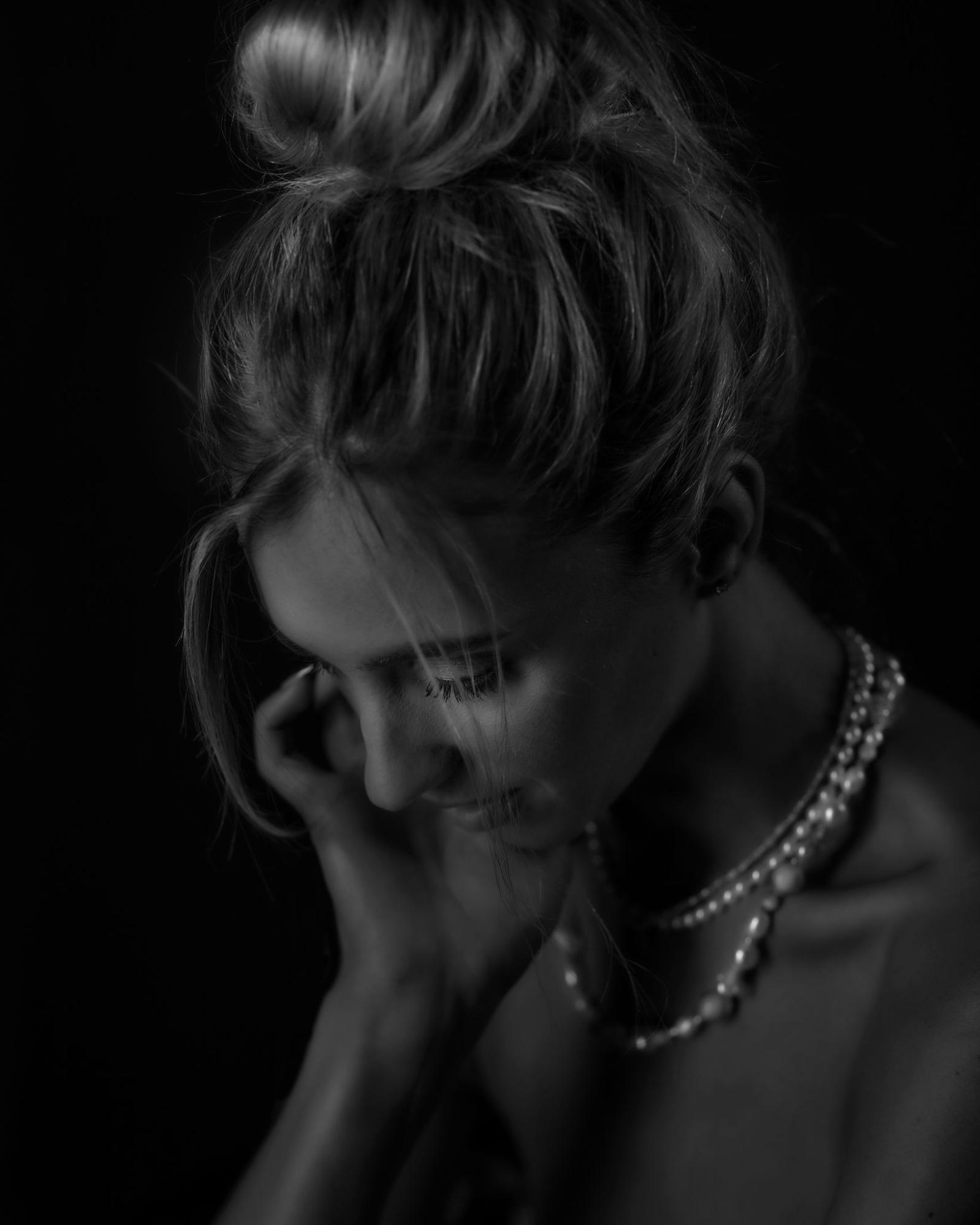
Finding the right aperture for a given scenario can be tricky, but here are some general guidelines to help you along:
1. Portraits: In portrait photography, the goal is often to isolate the subject from the background, drawing the viewer’s attention to the person’s face or other key features. To achieve this, use a large aperture (lower f-stop) such as f/2.8 – f/4 (you can even go lower if your camera allows it). This results in a shallow depth of field and ensures only the subject or a portion of the subject is in focus.
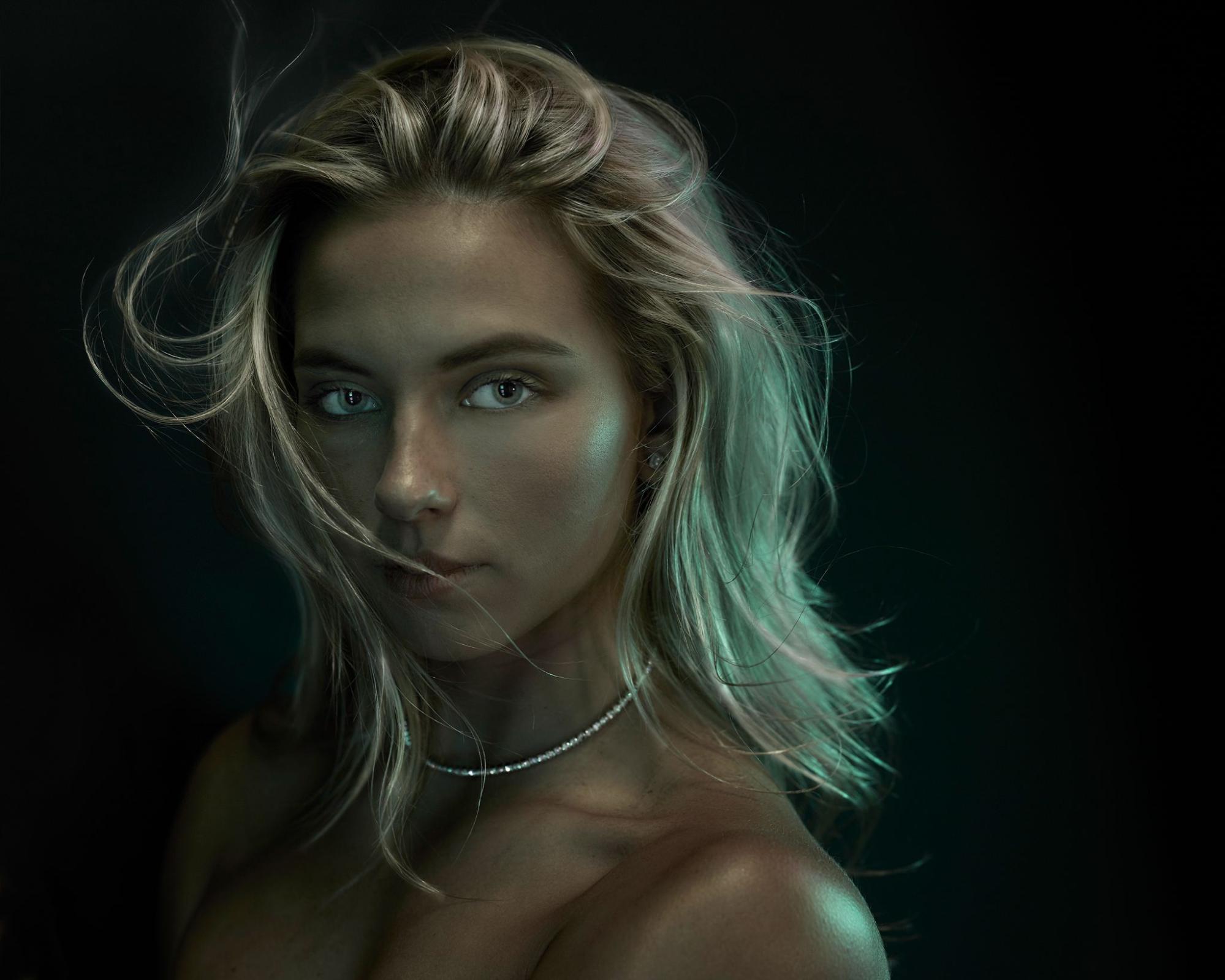
2. Landscape photography: For landscape photography, the aim is typically to capture as much detail as possible from the foreground to the background. In this case, you’ll want to achieve maximum depth of field by choosing a small aperture (higher f-stop) like f/11 or f/16, or higher if your lens allows it. This will help ensure that all elements of the scene are sharp and in focus.
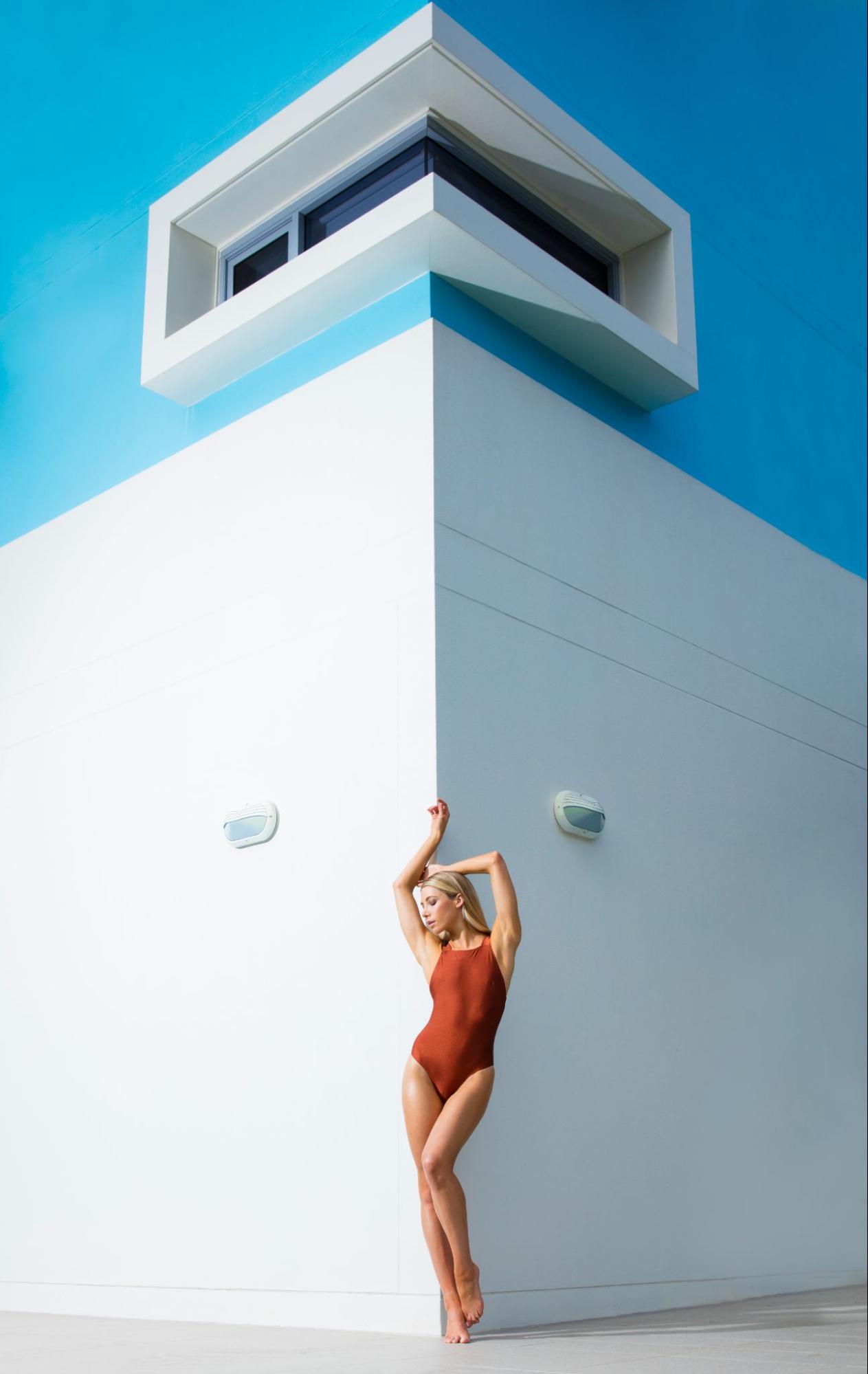
3. Intermediate depth of field: Sometimes, neither a shallow nor a deep depth of field is suitable for your photographic vision. In these scenarios, you might want to limit focus to a specific range of distances within the overall photograph. To achieve an intermediate depth of field, select a mid-range f-stop, such as f/5.6 or f/8, and take a test shot. Review the image on your camera’s LCD screen, using the magnifying function to zoom in and check the depth of field. If necessary, adjust the aperture and reshoot until you achieve the desired effect.
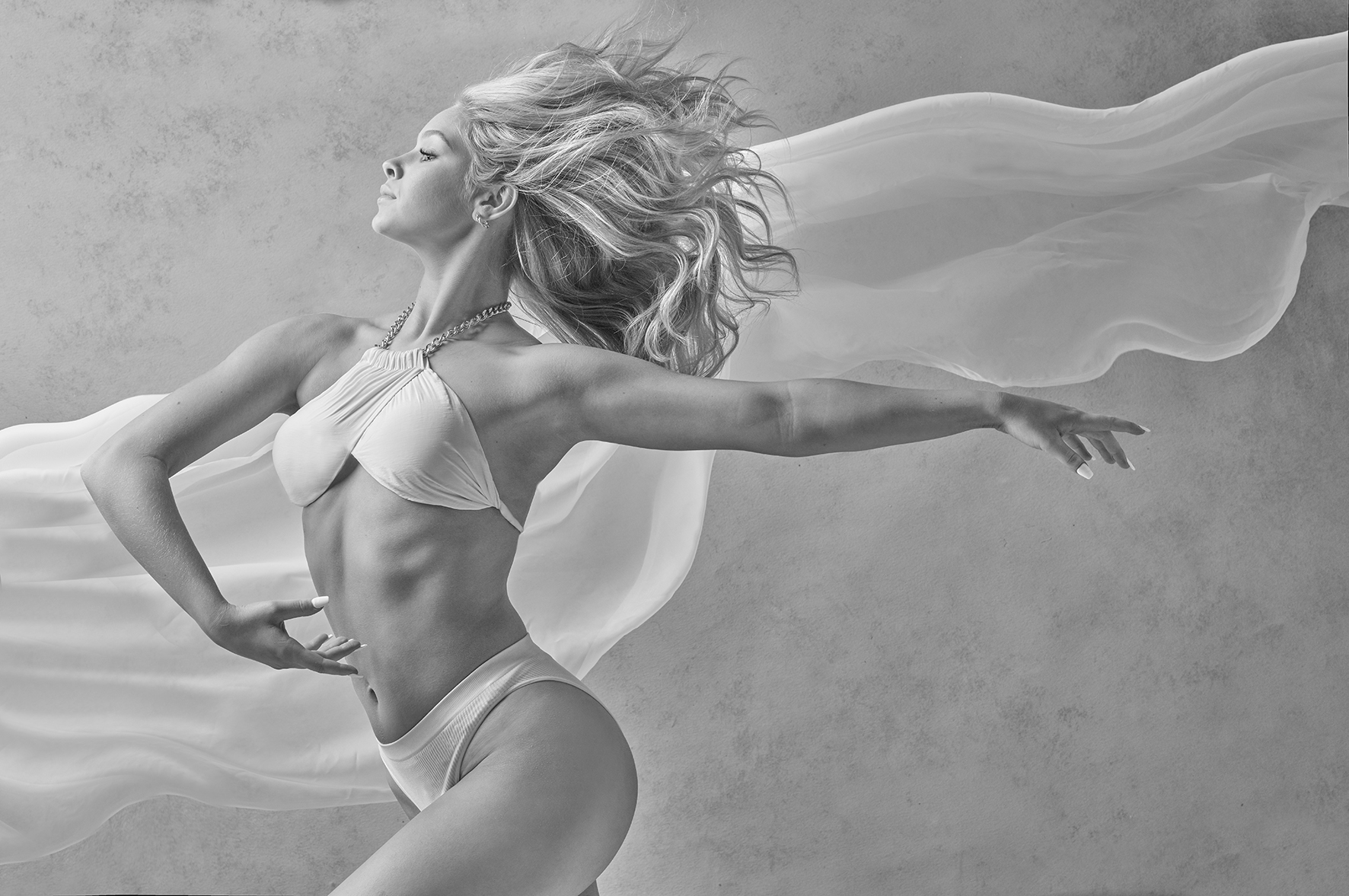
By considering the subject matter and your creative intent, you can choose the appropriate aperture to create compelling images with the right depth of field. Experimenting with different f-stop values and practising in various scenarios will help you become more adept at selecting the perfect aperture for your photographs.
Learn more about aperture with John Barrett
Mastering the art of aperture is an essential step in unlocking the full potential of your photography. By understanding the fundamental aspects of aperture, you will not only control exposure and depth of field but also transform your creative ideas into visually captivating images.
To gain a deeper understanding of lens selection and other essential photography skills, consider joining John Barrett’s camera lens workshop, or try one of his other photography courses. With John’s 40 years of experience creating award-winning images, you’ll learn firsthand the decision-making process required to turn your creative ideas into captivating images you can be proud of.
Embark on your journey towards aperture mastery and lens expertise, and experience the transformation in your photographs as you capture the world through a refined and skilled perspective.
